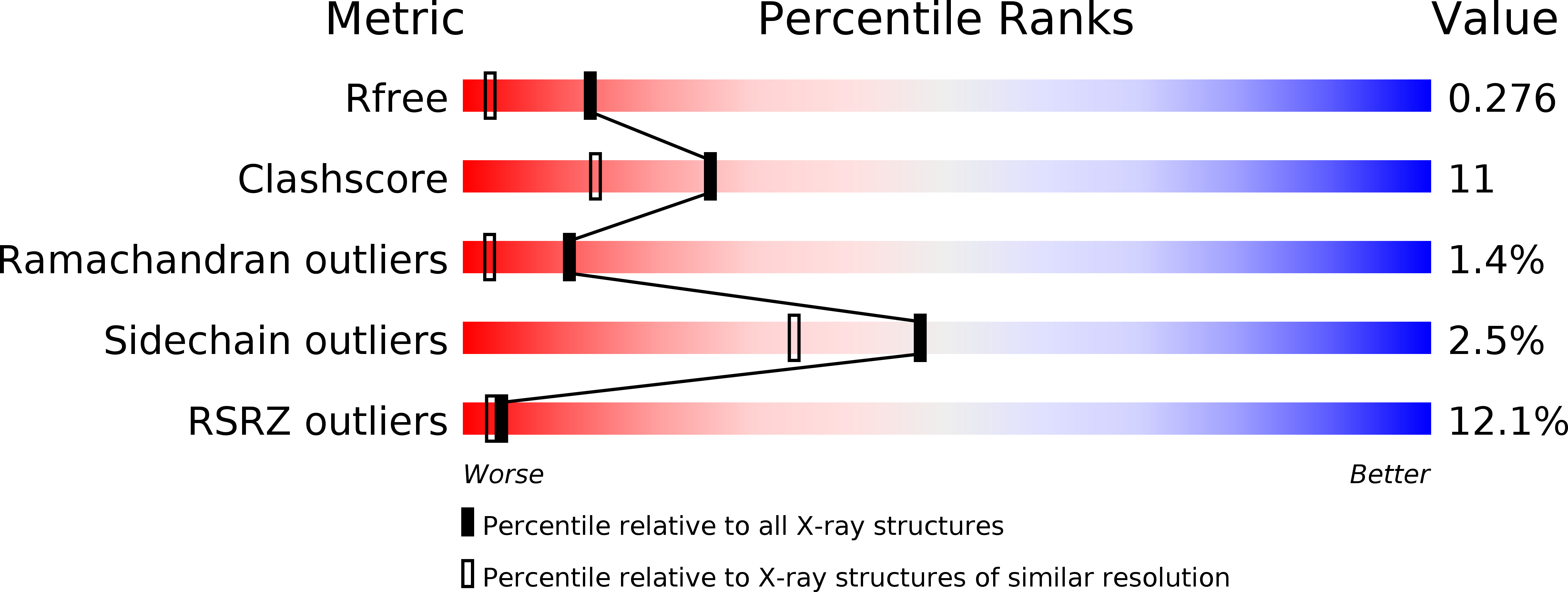
Deposition Date
2020-07-01
Release Date
2020-11-25
Last Version Date
2024-01-31
Entry Detail
PDB ID:
6ZLY
Keywords:
Title:
Crystal structure of the complex between PPARgamma LBD and the ligand NV1362 (7a)
Biological Source:
Source Organism:
Homo sapiens (Taxon ID: 9606)
Host Organism:
Method Details:
Experimental Method:
Resolution:
1.79 Å
R-Value Free:
0.28
R-Value Work:
0.23
R-Value Observed:
0.23
Space Group:
C 1 2 1


